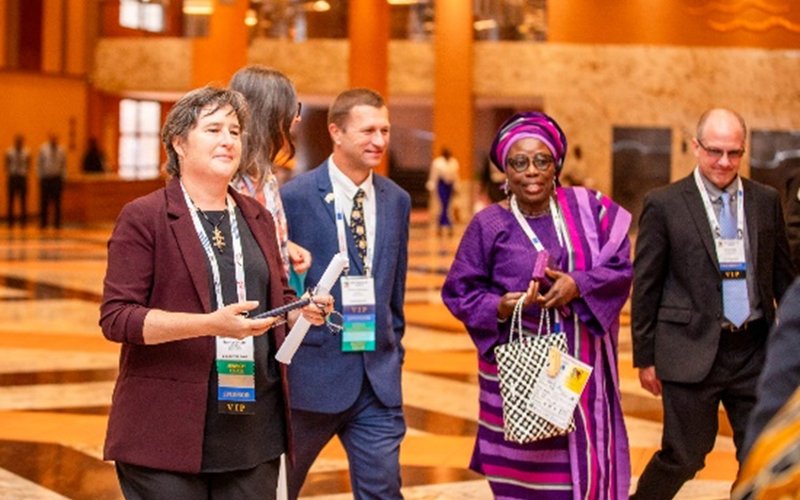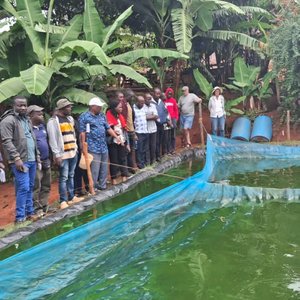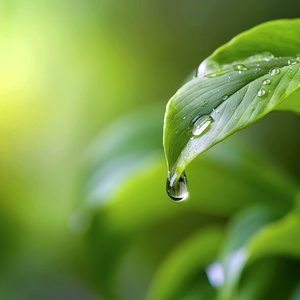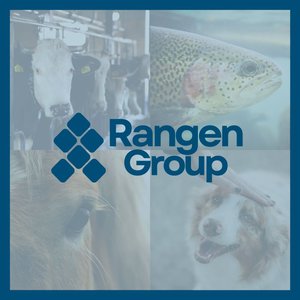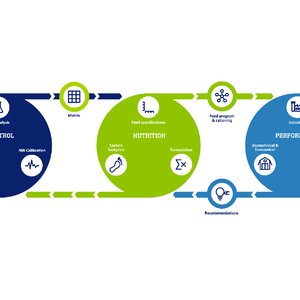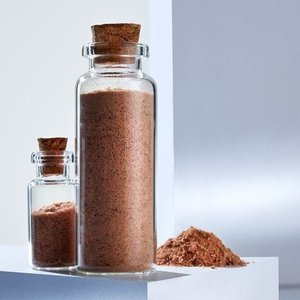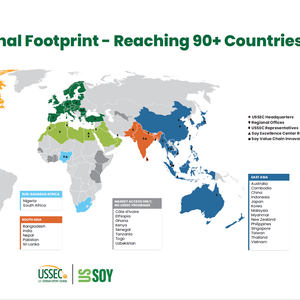Organizers have every reason to be pleased with the recently concluded event held at Speke Resort Munyonyo, Entebbe, from June 24 to 29. The conference broke previous records, with 1,847 registered attendees from 79 countries and 77 booths, where brisk business was conducted. In addition to the well-known international feed companies, several feed producers from the East African region also took part. A total of 61 sessions featured valuable exchanges, and over 300 Ugandan fish farmers participated.
The theme of the conference was “The Role of Public-Private Partnerships (PPPs) in Africa’s Aquaculture Industry: Successes and Challenges,” and one of the most well-attended sessions was the Special Plenary on PPPs in Africa’s aquaculture sector.
Ugandan Vice President Jessica Alupo, speaking on behalf of President Museveni at the opening ceremony, stated that aquaculture currently contributes 130,000 metric tons out of Uganda’s total national fish production of 658,000 metric tons. She emphasized that Uganda has the potential to increase aquaculture production significantly with the right mindset. “Ugandans enjoy fish as a staple food. We are blessed with species like tilapia, Nile perch, lungfish, silverfish, and Angara. We must now treat aquaculture as a business, not just for subsistence,” she said.
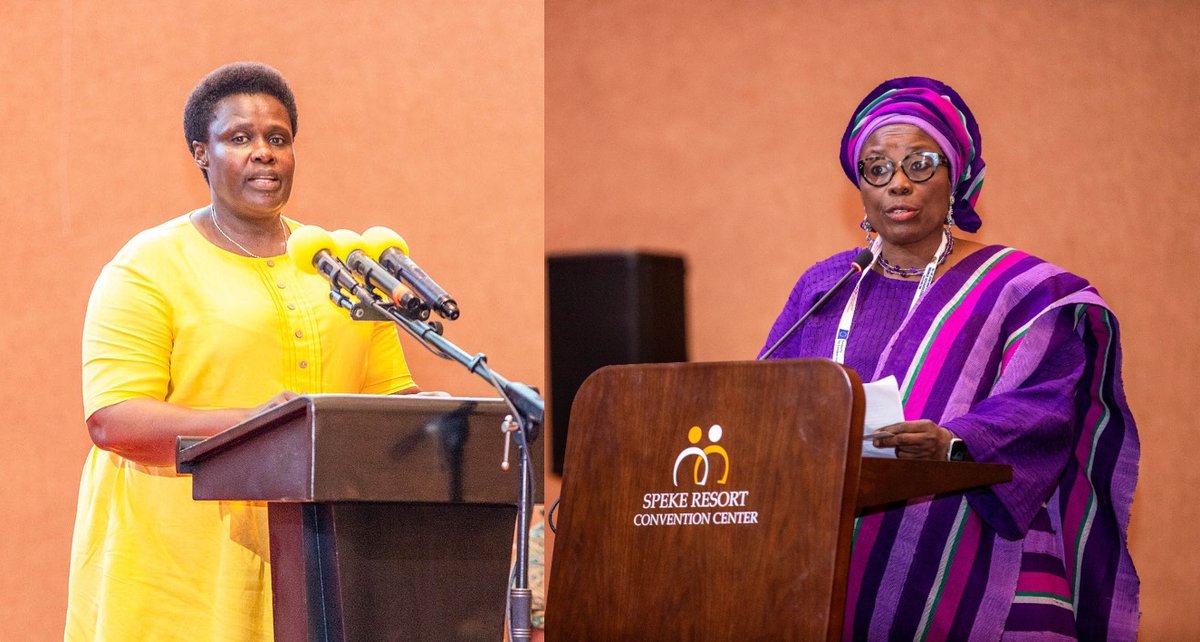
Vice-president Jesicca Alupo launching the conference (left) and Foluke Areola, president, WAC African Chapter (right)
State Minister for Fisheries, Hellen Adoa, cautioned that climate change is already impacting aquaculture through increasingly erratic rainfall patterns. She stressed the importance of farmers adopting “responsible practices” to mitigate its effects.
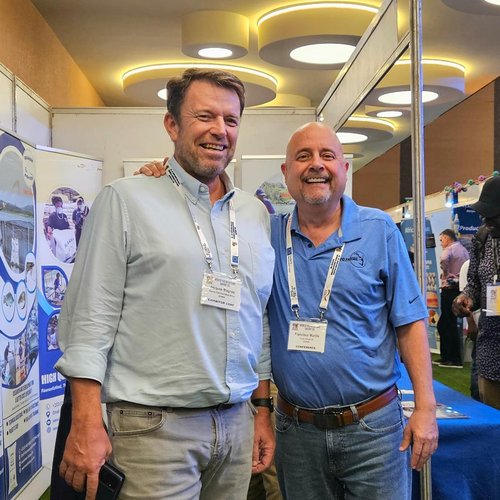
As always, a wide range of fish feed products was on display, along with fish sausages, fillets, other processed items, fingerling counting machines, and HDPE cages.
John Domozoro, CEO of PBA Fish Farms in Ghana and a consultant to the World Institute for Human Health (WISHH), commented, “This has definitely been a success. The discussions in the sessions were lively, and I believe attendees are leaving with a wealth of information. Many valuable contacts were made, and I’m confident we’ll be working more closely moving forward.”
Nungo Nasser, a Uganda-based feed consultant, added, “A lot of business was done at this conference. I spoke with many international participants, and they were very pleased. I also want to commend the organizers for arranging the site visits to local feed companies.”
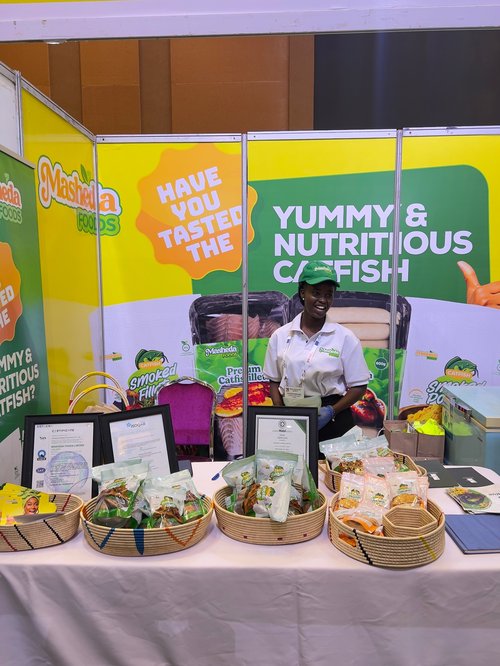
Some of the visitors toured the Aquaculture Research and Development Center in Kajjansi, where Principal Research Scientist Dr. Margaret Aanyu shared some of the center’s recent findings. These include the development of non-extruded floating feeds for small-scale fish farmers without access to high-tech equipment, the breeding of a climate-resilient tilapia strain, and the domestication of endangered species such as Barbus altianalis and Labeo ningens, which are in high demand locally.
Dr. Barry Kamira, lead researcher on aquaponics, noted, “Our aquaponics systems have successfully increased yields of tomatoes and lettuce, with high adoption rates among farmers.” He also reported that Moina micrura has proven to be a valuable supplement for catfish larvae, adding, “Live food like Moina is essential during early development. It mimics natural diets and reduces mortality.”
The annual event, organized by the African Chapter of the World Aquaculture Society under the umbrella of the global organization, brings together experts, policymakers, fish farmers, and service providers. Ms. Foluke Areola, current President of the African Chapter and President-elect of the World Aquaculture Society, emphasized, “The World Aquaculture Society is making a significant contribution to promoting an industry that now produces most of the fish consumed worldwide. Members of the African Chapter are dedicated professionals who share knowledge and expertise across the continent, and this annual event plays a vital role in strengthening fish farming businesses in Africa. Next year’s event will be held in Tanzania, and we’ll be in Ghana in 2027.”
Uganda launches aquaculture census
Meanwhile, Uganda’s 2025 National Aquaculture Census, launched on May 12, is expected to provide more reliable data to support improved resource allocation and sector management. It is a joint initiative by the Uganda Bureau of Statistics (UBOS) and the Ministry of Agriculture, Animal Industry and Fisheries, with funding from development partners. The project involves collecting data on infrastructure such as ponds, tanks, reservoirs, and cages, the types of technology used, and socioeconomic information about farmers. It will also assess the environmental impact of aquaculture on local ecosystems.
Speaking at a pre-launch briefing on May 8, UBOS Public Relations Officer Nancy Agnes Anyango stated, “As part of the census, we will examine farm characteristics, identify fish species, evaluate production facilities, and assess the aquaculture labor force. Once the census is complete, UBOS will publish its findings and work with policymakers to implement reforms.”
This census will position Uganda as a leader in Africa in acquiring and applying accurate aquaculture data. While some African countries have collected solid aquaculture data, Uganda’s effort is among the most comprehensive to date. For instance, Nigeria’s 2022 National Agriculture Sample Census included a sample survey of aquaculture and other agricultural activities, while several other countries have undertaken limited data collection exercises without full national coverage.
Most African nations are implementing strategies to increase farmed fish production in order to reduce spending on fish imports. This goal can best be achieved through the collection and use of reliable data. Since the majority of fish farms in Africa are small-scale enterprises scattered across districts and rural areas, accurate data is essential to deliver needed support. Uganda is setting an example of how to do this effectively.


